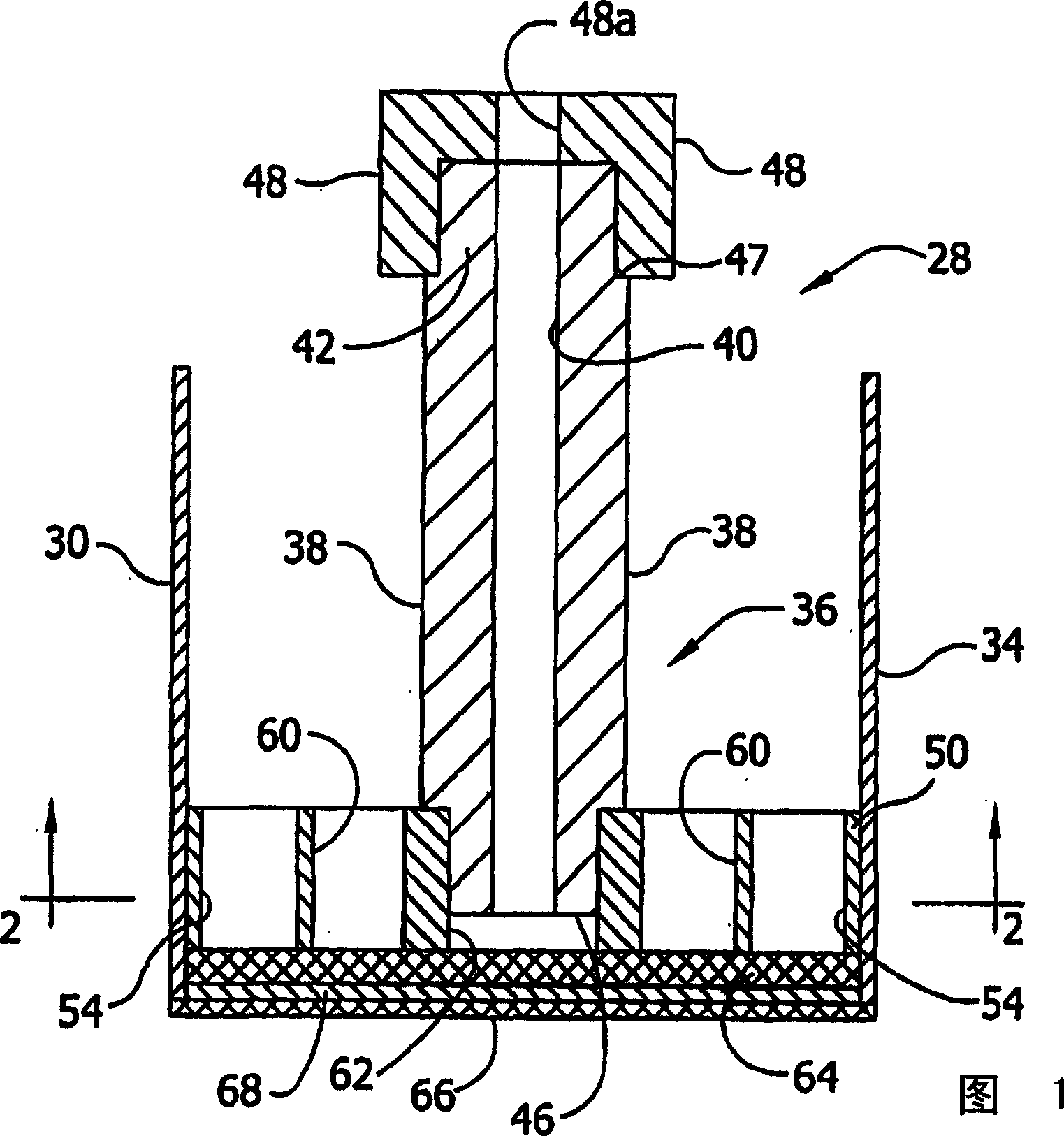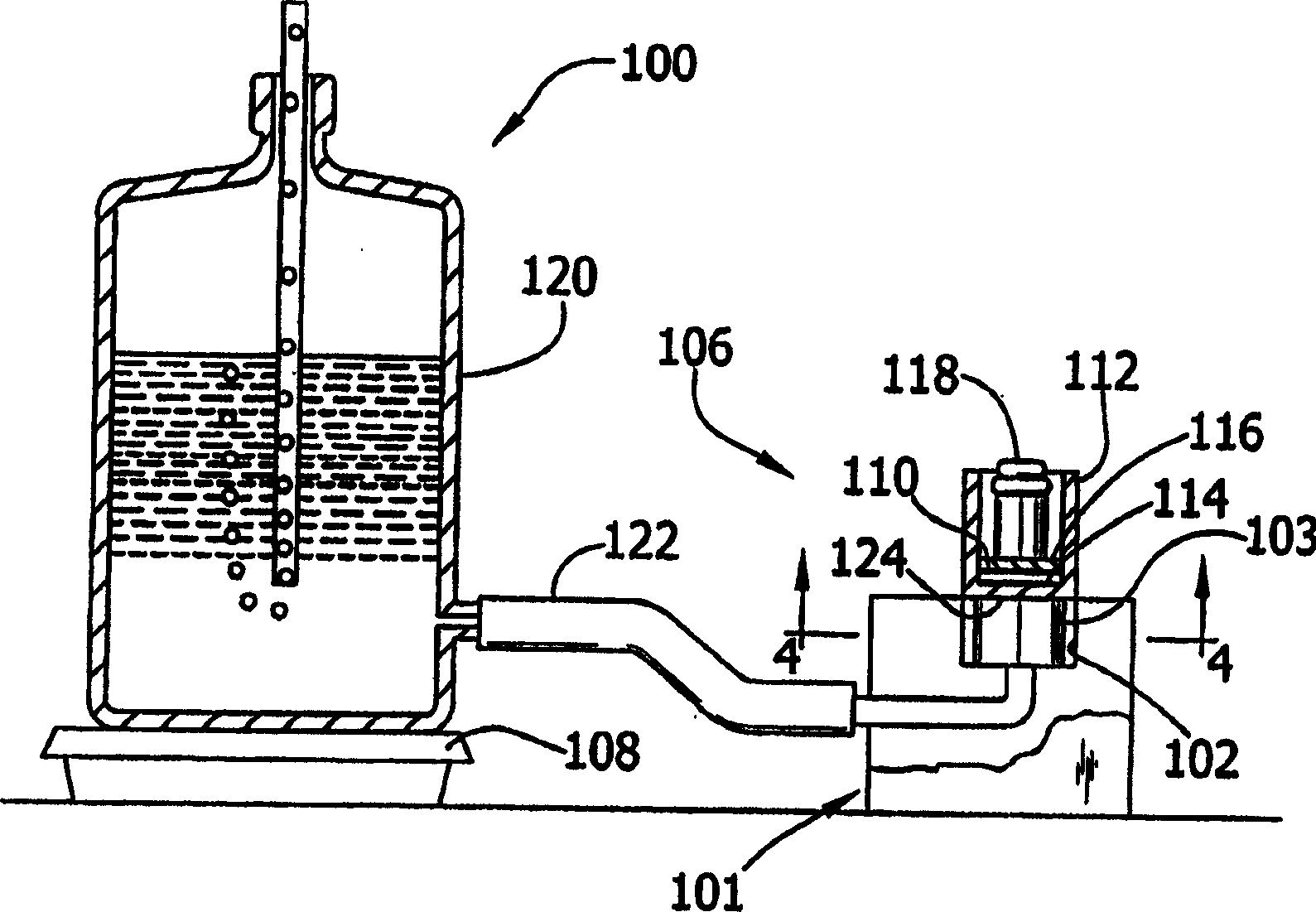Damage-resistant superabsorbent materials
一种高吸水性材料、亲水性的技术,应用在吸收垫、医药科学、绷带等方向,能够解决微粒损伤增加等问题
- Summary
- Abstract
- Description
- Claims
- Application Information
AI Technical Summary
Problems solved by technology
Method used
Image
Examples
Embodiment 1
[0042] This example illustrates the changes in superabsorbent properties and superabsorbent material average particle size that occur as a result of processing on a diaper production line. Table 1 summarizes these changes. Fresh materials are materials in the condition in which they are received from the manufacturer of the superabsorbent material prior to incorporation into absorbent articles. Recycled materials are materials in the condition in which they are found after incorporation into commercially available absorbent articles. Recovered superabsorbent material is obtained by separating superabsorbent from the fluff of the diaper absorbent core using pulsed air turbulence and rubber beaters at low or moderate speeds.
[0043] The superabsorbents tested were two different lots of fresh SXM 9543, available from Stockhausen, Greensboro, NC, USA; and fresh Dow DRYTECH 2035, available from Dow Chemical, Midland, MI, USA. Corresponding recycled superabsorbent materials were ...
Embodiment 2
[0050] To develop an absorbent composite that simulates the extent of damage to superabsorbent materials in a commercial diaper production line, especially the mean PSD and its reduction, while producing a sample size large enough to manufacture small-scale diaper use trials. Bench method using an OSTERIZER(R) 12 speed commercial blender available from Sunbeam Products, Boca Raton, FL, USA.
[0051] Each time 50 g of raw ("fresh") granular superabsorbent obtained from a distributor or later modified / treated as described herein was added to the blender and, while blending, The blender was set at combinations of "high speed" and "blending" settings while the blender was run for different amounts of time (15 seconds, 30 seconds, and 60 seconds). The length of blending time was used to correspond to the level of damage, with longer times representing more severe damage. Table 2 lists the data supporting this hypothesis. Based on the data in Table 2, the 30 second blending method...
Embodiment 3
[0055] Three types of commercial superabsorbents, SXM9543 and FAVOR 880, both available from Stockhausen and Dow DRYTECH 2035, available from Dow Chemical, were damaged using the 30-second blending method described in Example 2, respectively, to determine Its properties are listed in Table 3. All three commercial superabsorbents can be damaged by mechanical shock and stress. Samples labeled "Fresh" in Table 3 were not subjected to this blending process. Samples labeled "Blended" were blended for 30 seconds as described above. Samples with a particle size of 300-600 μm exhibited a GBP reduction of about 30% or greater at 0 psi and a GBP reduction of about 60% or greater at 0.3 psi, while pristine microparticles exhibited a GBP loss of about 50% or greater at 0 psi above and a GBP loss of about 95% or more at 0.3 psi and an average particle size reduction of about 25% or more compared to its fresh superabsorbent.
[0056] performance
SXM 9543 4
Dow 2035 2 ...
PUM
| Property | Measurement | Unit |
|---|---|---|
| glass transition temperature | aaaaa | aaaaa |
| water contact angle | aaaaa | aaaaa |
| glass transition temperature | aaaaa | aaaaa |
Abstract
Description
Claims
Application Information
 Login to View More
Login to View More - R&D
- Intellectual Property
- Life Sciences
- Materials
- Tech Scout
- Unparalleled Data Quality
- Higher Quality Content
- 60% Fewer Hallucinations
Browse by: Latest US Patents, China's latest patents, Technical Efficacy Thesaurus, Application Domain, Technology Topic, Popular Technical Reports.
© 2025 PatSnap. All rights reserved.Legal|Privacy policy|Modern Slavery Act Transparency Statement|Sitemap|About US| Contact US: help@patsnap.com



